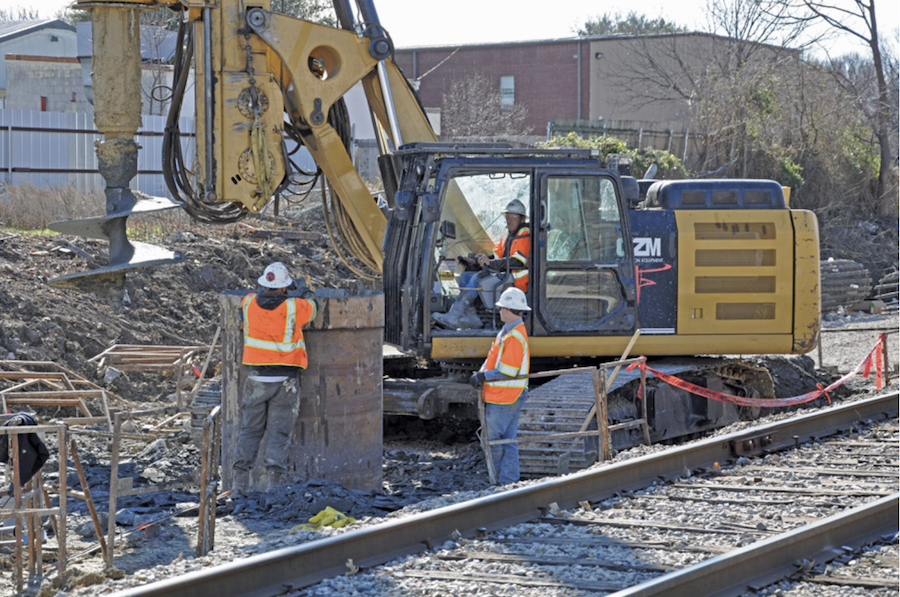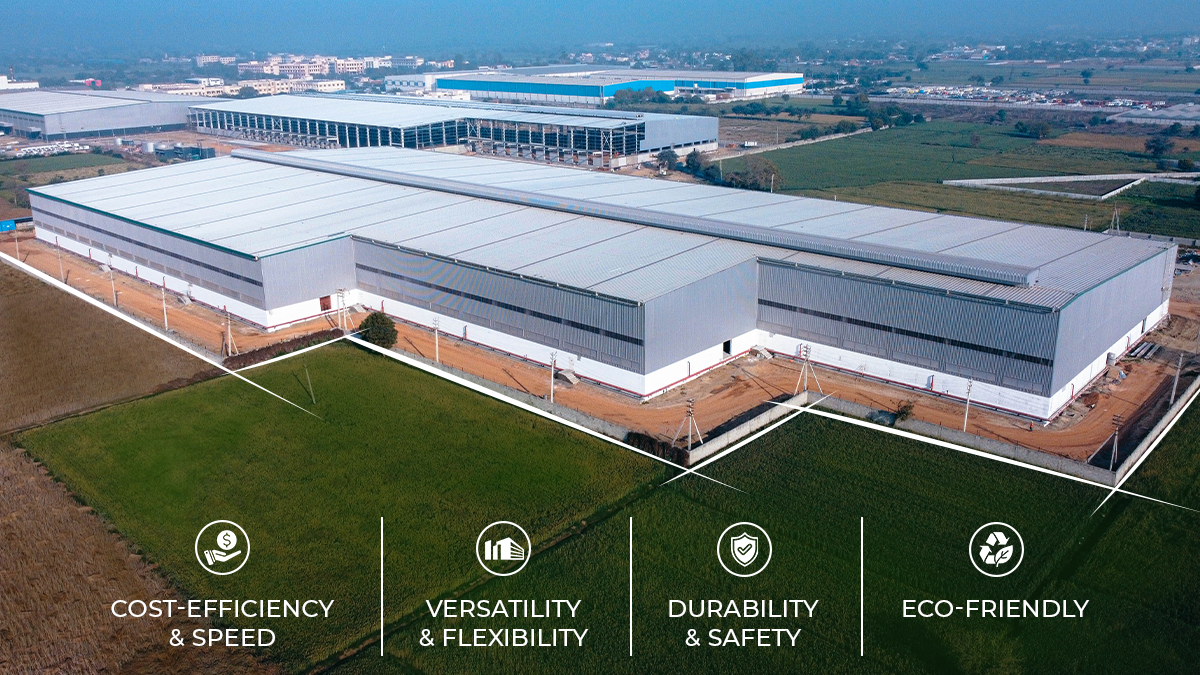
Public Transportation Builders Zoom In on Collaboration
[ad_1]

Amid uncertainty over the next federal transportation reauthorization bill, mass transportation builders are focusing even more intently to deliver projects as cost-efficiently as possible and gaining public trust—emphasizing transit-oriented economic development and collaborative project delivery as ways to achieve those goals.
Andy Byford, special advisor to Amtrak on its Penn Station redevelopment project in New York City, expressed optimism that it will revitalize the area around the Manhattan rail hub just as the U.K. Elizabeth Line’s Paddington Station has done for London neighborhoods. “In three years, the impact has been beyond expectations,” he told attendees at the American Public Transportation Association annual rail conference, held in San Francisco June 28 to July 2. He said the station has had the equivalent of a $57.3-billion impact on the economy.
“New communities have been popping up along the line,” he added. “It’s a game-changer for London.” Byford cited similar success stories in Toronto, Hong Kong, Tokyo, as well as in Miami due to the Brightline rail station.
For Penn Station, the hope is to “have spades in the ground by 2027,” he said. “It will be a top-to-bottom transformation.”
For the San Francisco area, where ridership is still down post-COVID, the Metropolitan Transportation Commission hopes to leverage existing infrastructure to build affordable homes, said Alix Bockleman, chief deputy executive director. That includes the Salesforce Tower, which she said is sparking development of 4,000 affordable homes.
Transit-oriented development is nothing new, noted Charles DiMaggio, CEO of Greystone Real Estate Advisory Group, noting that parcels with transit access sell for up to 20% more than those without. The No. 7 subway line extension in Manhattan sparked $25 billion in private development at the Hudson Yards site, while the Second Avenue Subway generated up to an estimated $7 billion in new private property value, he said.
Minimized Uncertainty
But transit agencies should minimize uncertainty regarding project approvals, parking issues, entitlements and other myriad risks if they want to attract private funding, DiMaggio notes. He cited the Los Angeles Metro as a good example of an agency that implemented a clear policy for housing near its Expo Line, where 12,000 housing units have been built. “Maximize investment by integrating planning [early on] to reduce risk” for developers, he said.
Minimizing risk is also at the heart of collaborative contracting methods such as progressive design-build and construction manager-general contractor, which was a popular topic at the conference. One risk out of the gate is having more accurate initial project cost estimates, said John Williams, president of Bechtel Infrastructure Corp.’s Northeast U.S. and Canada region.
John Haggery, former chief engineer for San Diego Association of Governments (SANDAG), the city’s regional planning and transportation agency, said the construction manager-general contractor delivery for the $2.1-billion, 11-mile Mid-Coast Corridor extension project included the contracting team inviting him to a training session at the beginning. The session included revising common terms to influence a less combative atmosphere, such as “builder” vs “contractor,” “potential change order” vs. “change order” and ““Let’s fix it” vs. “It’s your fault,” he said.
Williams noted that collaborative project delivery “is not a synonym for ‘cuddly.” He said: “It’s about building authenticity and trust” into project team relationships. It takes time and effort.”
Clayton Gilliland, president of Stacy and Witbeck, added that because “not all contractors are wired for collaboration,” such a project has to screen for those players. As for cost estimators, “let them know what they’ll see” before turning in the first cost estimation document, he added.
The Dallas Area Rapid Transit pivoted from design-build to progressive design-build on its 26-mile commuter rail Silver Line connection to the airport, which is almost complete after almost a decade. “You can say nice things in seminars, but when you’re on a seven-to-ten-year job, it’s a grind,” said Kenny Crabb, program manager at Archer Western Construction. Due to that long haul, “it’s sometimes good to move people around” if their collaborative spirit begins to flag, he advised.
Haggerty added that it’s helpful to have an escalation ladder if an issue comes to an impasse at the field level. “Everyone is just fighting for what they think is the right solution,” he said. Ultimately, the owner must make a timely decision that isn’t about “taking sides,” he said.
Otherwise, said Crabb, “you’re fighting over nickels while one-hundred-dollar bills are flying out the window.”
Looking Ahead
Agencies are also striving to maximize efficiencies by revamping how they measure state of good repair projects in their future capital budgets. The New York Metropolitan Transportation Authority’s nearly $69-billion capital plan through 2029 includes a data-driven rating system for prioritizing those projects, and considers the constant cycle of asset aging, said David Cuff, MTA senior director of asset planning.
Previous capital plans “did not show the full scope of need” regarding a backlog of those projects, he said. The agency’s current program will ramp up attention to such assets as substations and commuter rail platforms. Wherever possible, the agency will bundle projects that address both state of good repair and resilience against climate change, such as elevating substations, improving slopes and drainage and elevating tracks, he said.
The Utah Transit Authority takes a three-year delivery approach to state of good repair projects, involving multiple stakeholders every year in assessing needs, said Jared Scarbrough, its director of design and construction. Currently, Stacy and Witbeck is performing an on-call contract to repair two major interlockings.
Dallas Area Rapid Transit’s current five-year, $3.4-billion capital plan includes more than 300 state of good repair projects, said Trey Walker, its vice president of capital design and construction. The agency in 2023 switched from stand-alone solicitation of a prequalified pool of hard-bid contractors to on-call task order contracting for projects from $250,000 to $5 million, he added. The process involves open-book pricing and awarding on scope plus price.
Kathryn La Chapelle, Stacy and Witbeck project manager, added that this process includes a collaborative preconstruction period of team site visits, plus scope and price negotiation. Walker said that more than 30 such contracts have been executed in 16 moths, particularly for small projects and enabling work.
No matter the agency culture or project delivery method, flexibility is key, he added. “A common focus can be on keeping a broad scope that enables collaboration on individual pieces of work and draws on the contractor’s expertise in project delivery.”
[ad_2]
Source link
Post a Comment
You must be logged in to post a comment.






